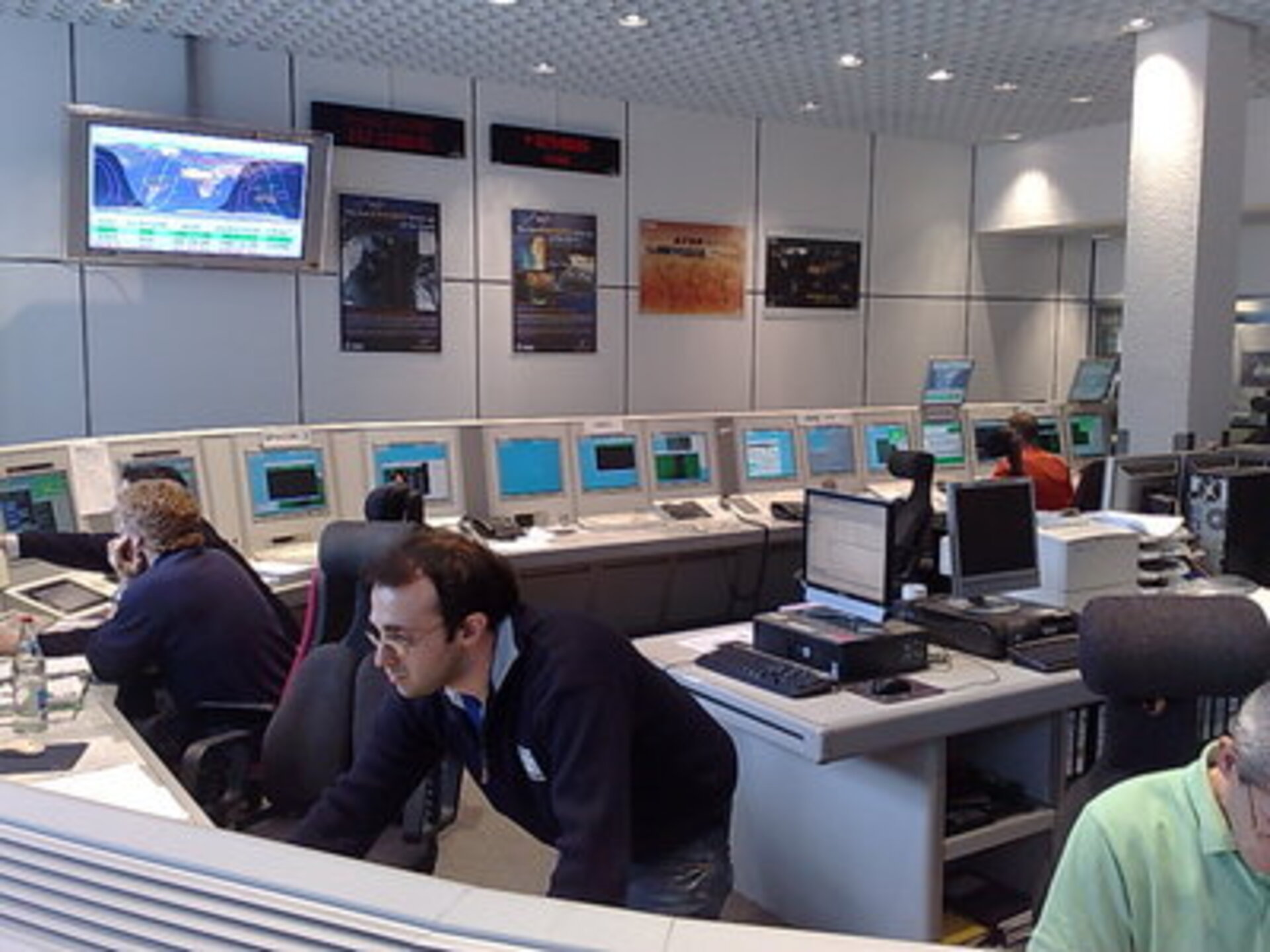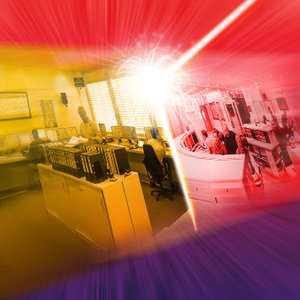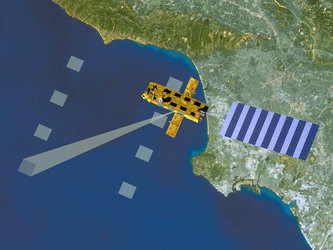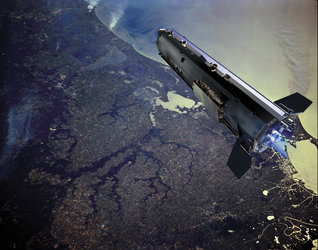ESA's Earth observation missions: Sharing teams and facilities boosts efficiency
With ESA's family of Earth observation missions expanding, it makes sense to share operations engineers across satellites and conduct mission control from a combined Dedicated Control Room.
The move is increasing efficiency, enhancing effectiveness and generating improved economic returns.
Flight control teams operating Envisat and ERS-2 have long worked out of a combined Earth Observation (EO) Dedicated Control Room (DCR) at ESOC, the European Space Operations Centre, enabling spacecraft operations engineers and technical infrastructure from the two missions to be shared, improving efficiency and optimising resources.
So when ESA's new Earth Explorer satellite GOCE was launched on 17 March, it made sense to situate the new team members in the combined DCR as well.
Concentrating similar mission teams into combined DCRs so as to reduce costs is a practical example of ESA's 'Mission Family' concept, which is being applied with growing success to all missions controlled from ESOC, comprising Earth Observation (EO), Astronomy & Fundamental Physics, and Solar & Planetary missions.
Traditionally, once a satellite was launched and the critical Launch and Early Orbit Phase was complete, the Flight Control Team moved out of ESOC's large Main Control Room to conduct routine operations from a separate, smaller Dedicated Control Room (DCR).

Under the new Mission Family concept, the same operations methods, facilities and procedures are applied to a grouping of related missions. A common team of Spacecraft Controllers and Analysts support all satellites in a given mission family, each mission of which is managed by a mission-specific Spacecraft Operations Manager.
Manfred Warhaut, ESA's Head of Mission Operations at ESOC, says that, "The launch of GOCE offered yet another opportunity to further improve and expand the degree of integration between Earth observation mission teams."
ESA's fleet of EO missions set to expand significantly
In addition to GOCE's launch last month, Cryosat-2 and SMOS are due for liftoff within 2009, with follow-on missions SWARM, ADM-Aeolus, and EarthCARE all under active preparation for launches in the 2010-2013 time frame.
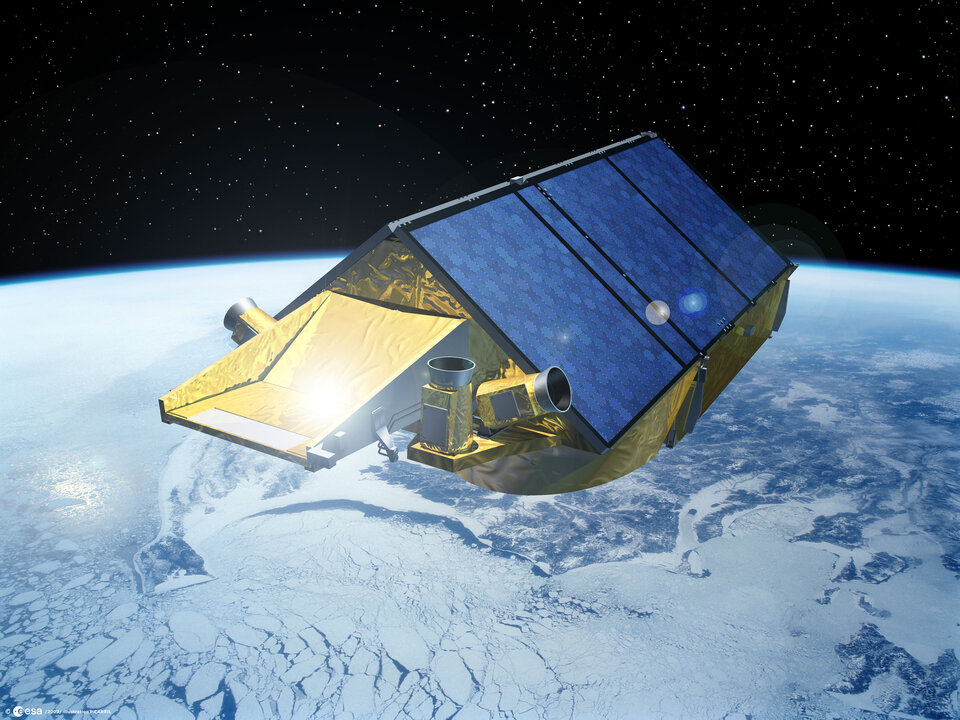
In parallel, the Sentinel-1, -2 and -3 missions ground segment - the ground-based infrastructure that supports the satellite in orbit - is being developed as part of the GMES (Global Monitoring for Environment and Security) Programme. An initial fleet of six satellites is to be launched between 2011 and 2015.
The Mission Family concept's intrinsic value was proven just prior to GOCE's launch, when the combined EO operations teams at ESOC were faced with a huge challenge: several critical validations for multiple missions had to be completed within the same tight timeframe.
These included the first System Validation Test for ADM-Aeolus, a closed-loop test for Cryosat-2's attitude and orientation control system, and a series of simulations for the then-pending GOCE launch.
Complex testing campaign creates 'huge challenge'
The complex testing campaign involved new procedures and software, including first operational use of the latest version of the SCOS-2000 mission control system, the standard software used to operate ESA missions.
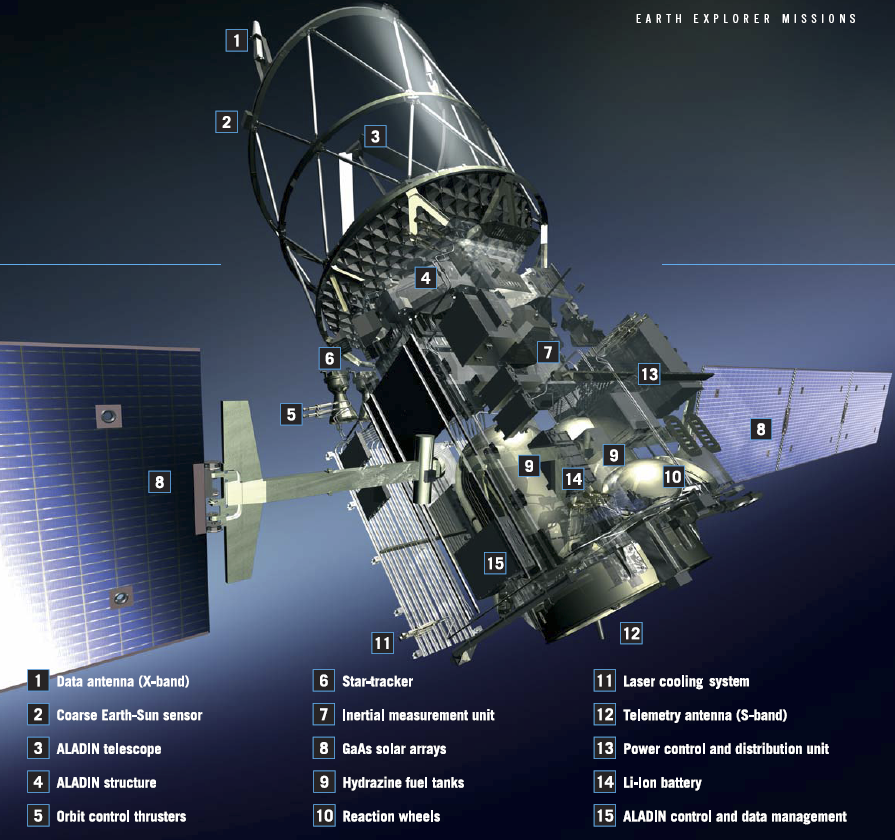
For the ADM-Aeolus system validation test, the satellite itself, located at the manufacturer's facility at Astrium Stevenage, UK, was for the first time connected to the mission control system at ESOC.
In an intensive campaign, engineers sent some 9000 test commands to the satellite via landline, simulating a number of flight operations scenarios including solar array deployment, equipment failures, and anomaly recoveries.
"The traditional, individual 'one-satellite/one-team' approach would not have allowed us to achieve the objectives of this complex multi-mission test campaign. Pooling our technical and human resources enables us to achieve much more in a shorter time, and working on multiple missions enables the engineers to support each other," says Pier Bargellini, Spacecraft Operations Manager for ADM-Aeolus at ESOC.
With ESA's growing EO missions, we can't just work harder - we have to work smarter and better.
However, sharing engineers and common facilities between GOCE, CryoSat-2 and Aeolus during this worst-case scenario period required some very delicate operations scheduling between the three missions' Spacecraft Operations Managers, to ensure that all missions were supported successfully.
During the testing, several unforeseen problems meant that last-minute reorganisation and close communication between the teams was necessary, eventually showing that even under difficult circumstances, good cooperation and innovative resource management within the family of missions can overcome the most complex of technical problems.
Pier Paolo Emanuelli, ESA's Head of the Earth Observations Operations Division at ESOC, says that the Mission Family concept enables engineers and spacecraft controllers to cross-train on each other's satellites, boosting expertise, increasing job satisfaction and providing quick back-ups for each other.
"Yes, we've been able to optimise personnel, and, with common training, our overall workload can be better managed. The engineers have greater satisfaction - they can rotate between different phases of each mission and this gives them much more interesting professional opportunities," he says.
"With ESA's growing EO missions, the time-limited testing campaign we experienced around GOCE launch will occur more frequently. We can't just work harder - we have to work smarter and better," says Emanuelli.


